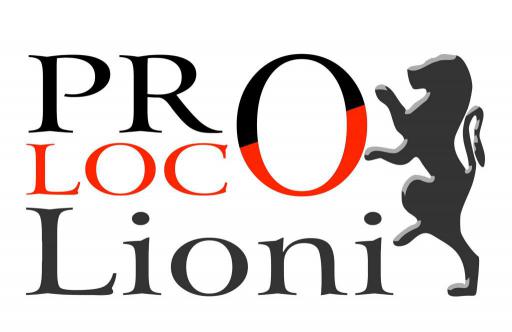Places and monuments

ST. MARIA ASSUNTA CHURCH
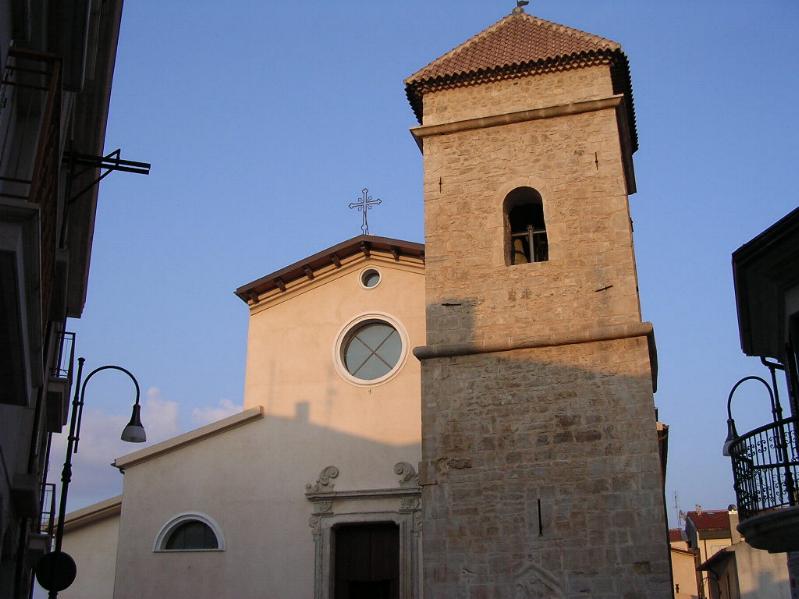
Also well known as Mother Church, it is the main church in Lioni from a chronological perspective. After it had been destroyed by the 1980 earthquake, it was rebuilt according to the original volume complying with the mural system, spared from the fury of the earthquake.
ST. ROCCO SANCTUARY
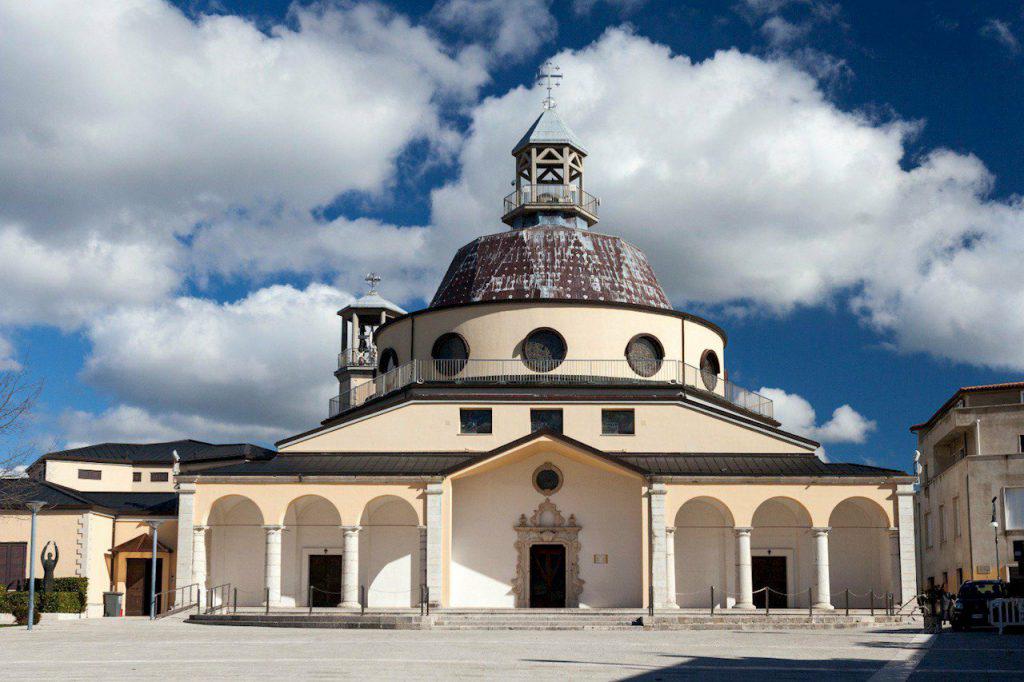
Rebuilt after the 1732 earthquake, it was dedicated to St. Rocco, the patron saint invoked against the plague. Raised to the ground by the 1980 earthquake, it was rebuilt by the architect Muzio, who designed the Church of the Annunciation in Nazareth. The Church is safeguarded by the Franciscan Friars Minor.
CHURCH AND ARCH OF THE ANNUNZIATA
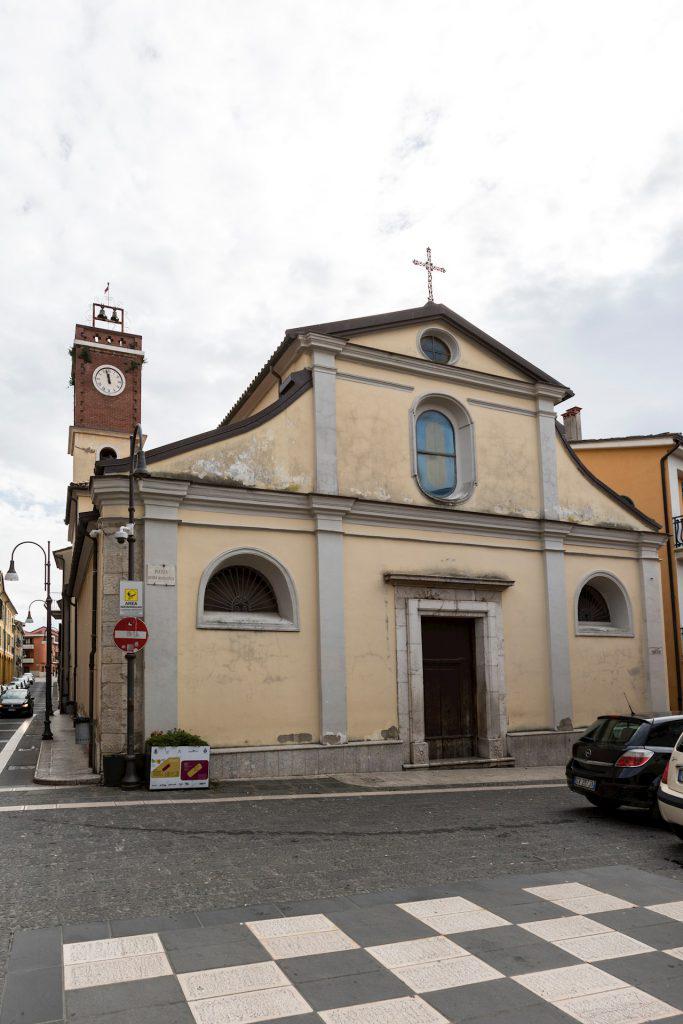
The Church of the Annunziata, located in the heart of the historic centre of Lioni, dates back to the 1500s. The bell tower, with its characteristic clock, marks the time with its chimes. The arch of the Annunziata, the main gate of the town in the fortified wall, is the place where St. Rocco was proclaimed patron of Lioni in 1774. Today it represents an auspicious place for the spouses: after the celebration of the wedding, it’s a good omen to pass under the arch.
ST. BERNARDINO CHURCH

This church was built in 1996, where once an ancient seventeenth-century chapel, completely destroyed by the earthquake of the 1980, stood. It demonstrates a clear, modern design language, created by the architect Angelo Verderosa. The central tower is reminiscent of the ancient country dovecotes. The circular shape strongly evokes the sense of community in Christianity, and the local bricks, wood and stone used as construction materials give a very interesting architectural characteristic.
ST. ANTONY OF PADUA CHURCH
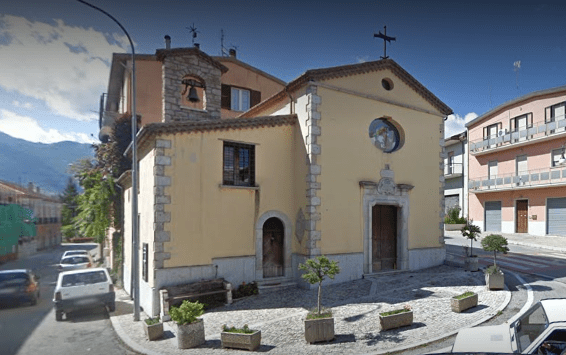
The first chapel in honor of st. Antony of Padua was built in 1655. Destroyed by the 1732 earthquake, it was rebuilt in 1748, as reported on the plaque above the entrance portal. Severely damaged by the 1980 earthquake, it was entirely rebuilt in 1997 according to the “dov’era e com’era” criterion (“where it was and what it looked like”), using the same stones as the eighteenth-century building.
Lioni’s inhabitants are very devoted to St. Antony and every year, at the end of the procession that takes place on June 13th, the ritual of the blessing of the bread is repeated. Bread is prepared and carried on the head by women in richly decorated baskets, then it is offered to the many gathering believers.
SANTA MARIA DEL PIANO SANCTUARY
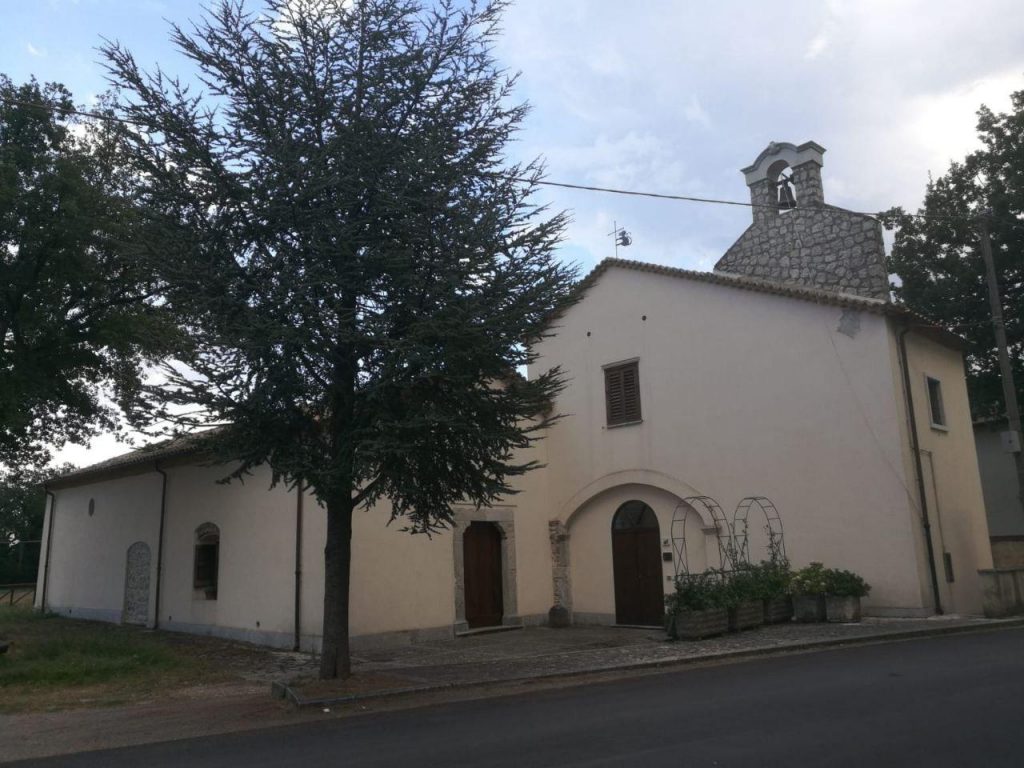
The site where the Sanctuary currently stands was intended to house a place of worship from the Middle Ages. A wall from the original building remains today inside the sacristy. The current church was built, perpendicularly to the old one, in 1785. Restored after the 1980 earthquake, it was awarded the dignity of “Diocesan Sanctuary” on the 8th of September 2018, by the Archbishop Pasquale Cascio. The annual feast of the Madonna delle Grazie, celebrated on July 2nd, is greatly heartfelt.
ST. CHARLES BORROMEO CHURCH
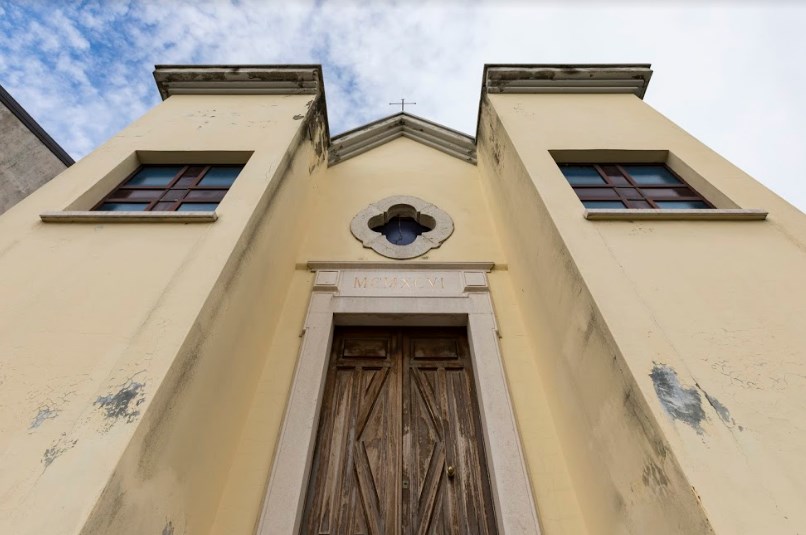
The chapel of St. Charles, the Holy Bishop of Milan, was built in all likelihood a few years after his canonization in 1610; it was originally located in the square, which is named after the Saint as well. In 1957 it was demolished and then rebuilt where we currently find it. This building, despite being just over two decades old, was severely damaged by the 1980 earthquake and rebuilt, in its current form, in 1996. Inside, it preserves an ancient painting on canvas depicting St. Charles in prayer.

FUNERARY LION
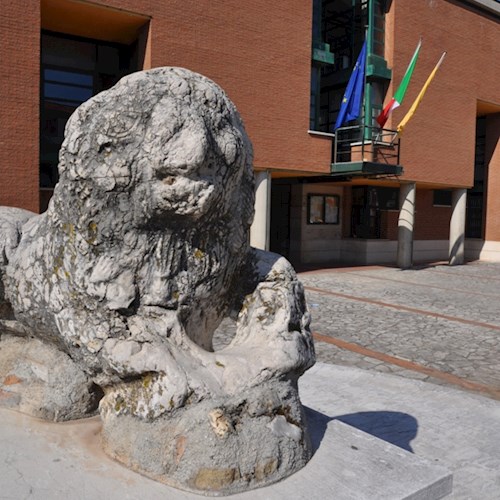
The Funerary statue dates back from the Roman Age. It stood as the custodian of the sepulcher as well as a noble guard of the extinct. During the Middle Ages it became the symbol of the village, together with its twin destroyed in the 1732 earthquake. Therefore the village was named after them: Casale leonum/ de leonibus, which later became Lioni.
TORRICELLA
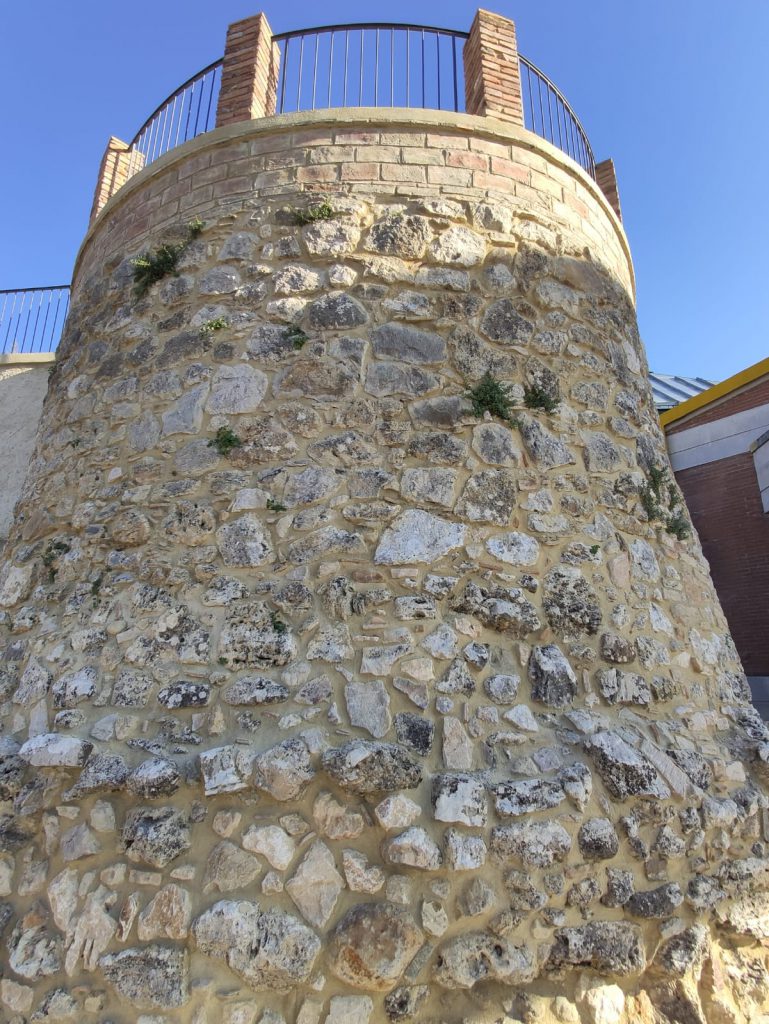
These ruins of a tower represent the surviving elements of a defense wall system dating back to the 14th -15th century. It expanded all the way up to the site of the original settlement, where the Main Church was built afterwards.
BELL TOWER
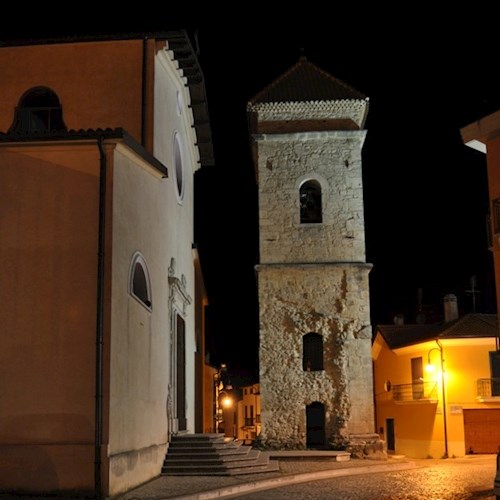
It dates back to the founding of the village, it was originally part of the church, whose facade faced the mountain. Its architectural structure is typical of a Norman donjon. In fact, the tower served as a defensive work if necessary (as evidenced by the slits in its lower part).
MEMORIAL PARK AND THEATER
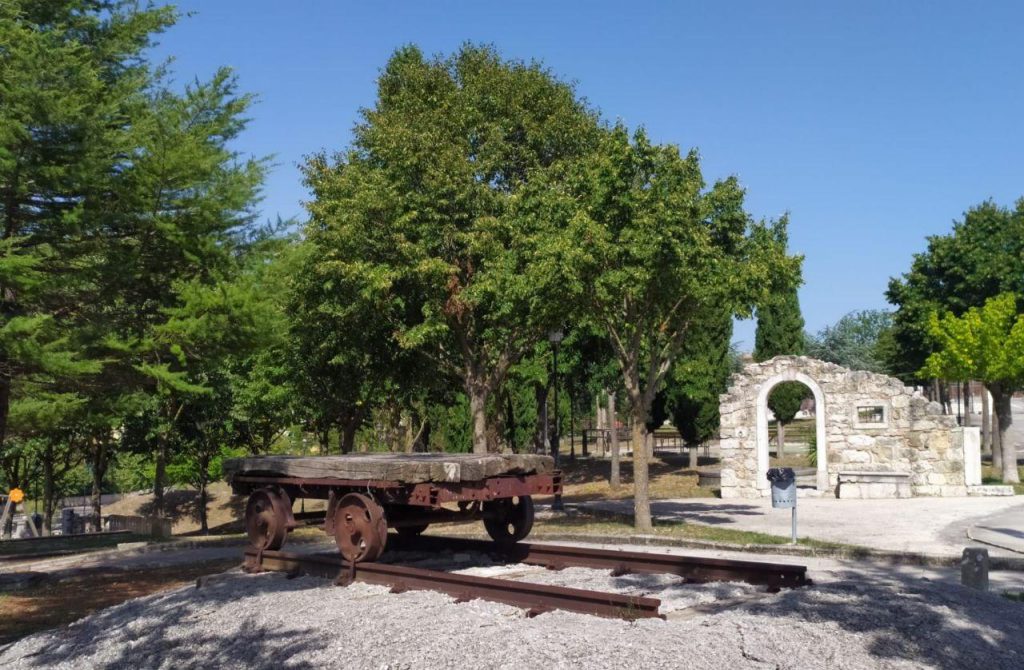
It was born as a municipal park to restore a run-down area of the village, and to connect the main square to the newly formed housing area Fiego. In the park there are the emblematic symbols that evoke the past: a stretch of railway, the walls of a stone house and a clock indicating the time when the 1980 earthquake took place. Inside the park you can find the theater, inspired by a Greek-Roman theater, with a capacity of up to 1000 people.
VILLA BIANCHI
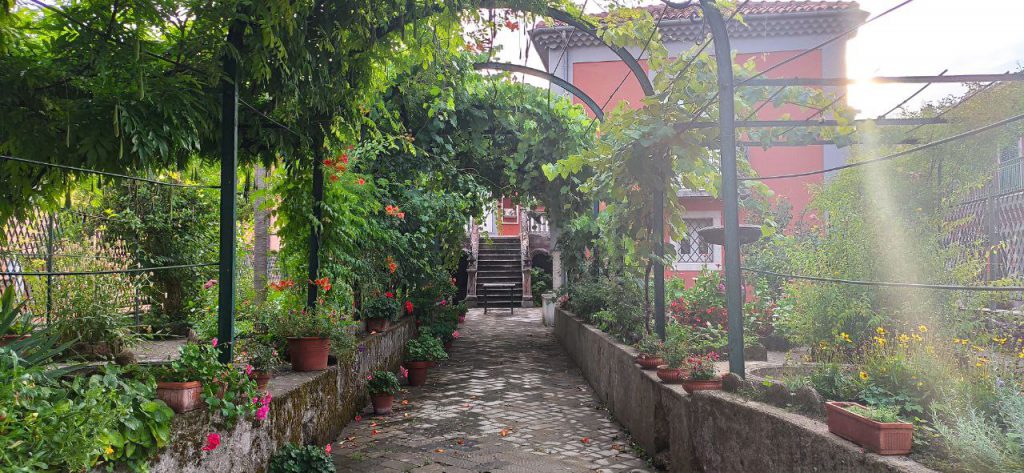
It is a noble building dating back to the Seventeenth century. It was rebuilt between the nineteenth and the twentieth centuries. Damaged by the 1980 earthquake, it has undergone a relevant renovation. The surrounding garden is of considerable interest as it is included among the historical Italian gardens.
”LE CASELLE” DISTRICT
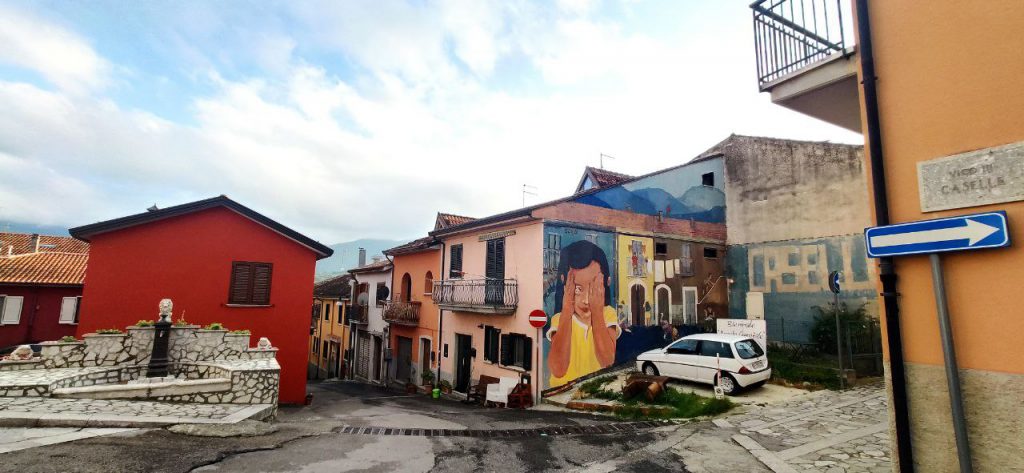
It is named after the dialectal form “Re Casedde”, that is to say the straw shacks serving as temporary shelters after the earthquake of September 8th, 1694, which destroyed a vast part of the village and made a hundred victims. Over time, these precarious houses were rebuilt with masonry, still maintaining the original structure (narrow and on two floors); the highest floor was used as a sleeping area. At the beginning of the 1900s, the inhabitants of the “Le Caselle” district began to move gradually in the nearby lands they cultivated, often far from the center of the village, for convenience and to better monitor them. This meant that they could return to the village only on Sundays, to go to the market. In these cases, the houses represented a comfortable support.
LIONI RAILWAY STATION
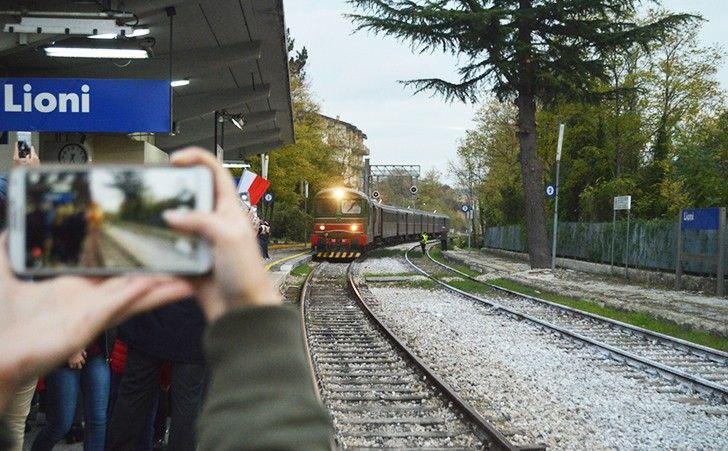
Lioni’s railway station has always been a very important historical place for the whole area. First and foremost, because it was the only railway station located in the heart of the village: as the Meridionalist Manlio Rossi Doria highlighted, it eased the agricultural, commercial and industrial development, overcoming the ancestral isolation in which the village had always been, since it connected Avellino with Foggia. Francesco De Sanctis firmly believed in the project. Closed in 2010, it was reopened in 2016. It represents an essential instrument to enhance the traditions and folklore of our land, and to create a tourist attraction that meets the challenges of Sustainable Development.
CHURCH AND ROMAN BRIDGE
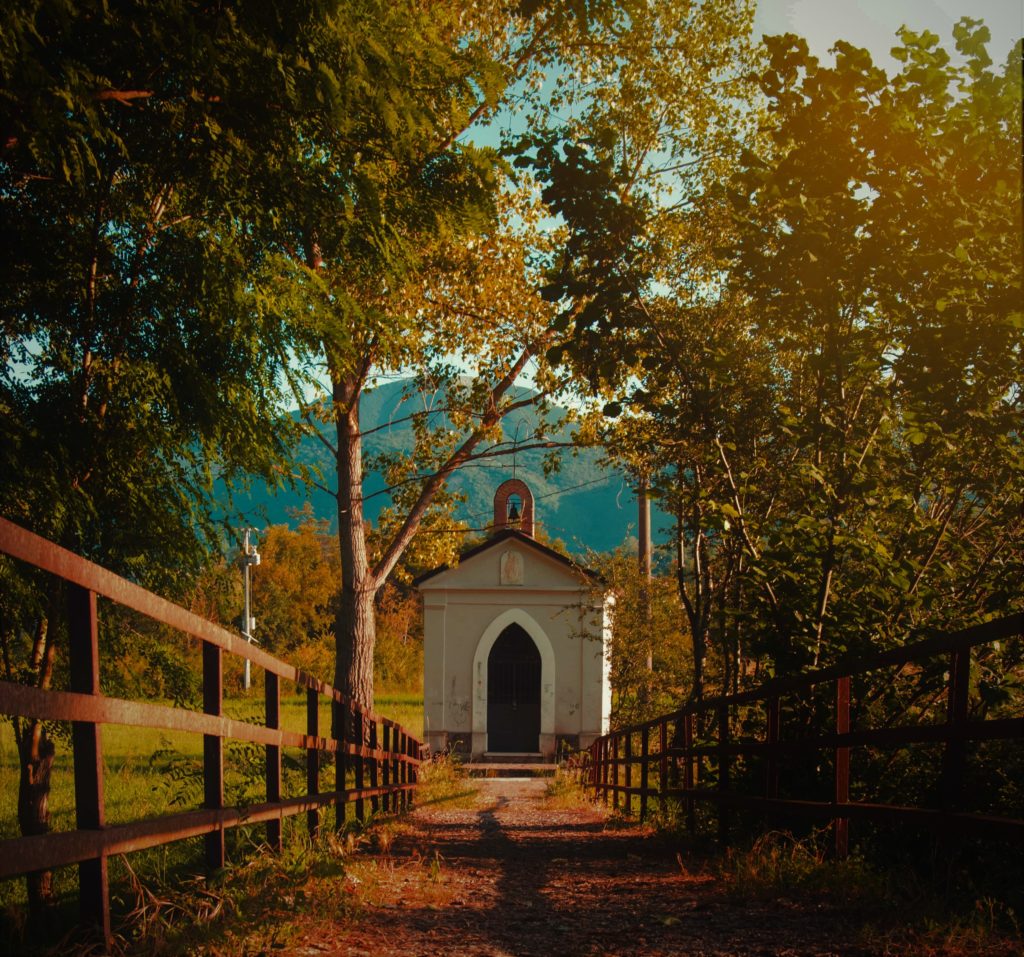
Surrounded by greenery, by the river Ofanto, in this area there is a bridge probably ascribable to the Roman Age. In ancient times women used to wash their clothes in the watercourse by the river, at the foot of the bridge. In the nearby there is a votive chapel dedicated to the Madonna del Carmine, celebrated on the 16th of July; it was built in 1923 by some villagers formerly emigrated to America.
OPPIDO VETERE
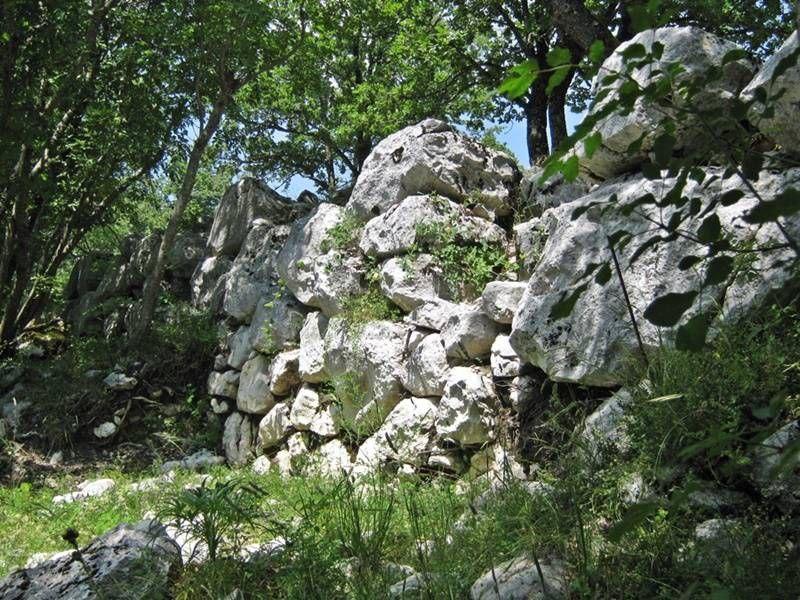
Mount Oppido (standing 1033 metres), with its strategic position on top of the crossing place between the Ofanto and the Sele valleys, is an important archeological site, due to the laying remains of the Samnit Oppidum (IV century). Its map is still legible: it shows the technique of the polygonal masonry, constructed with local stones. Fictile materials have been found in the nearby area.
(Oppidum: a large fortified Iron Age settlement)
GORGOSAVO/BROVESAO WATERFALL AND WATERMILLS
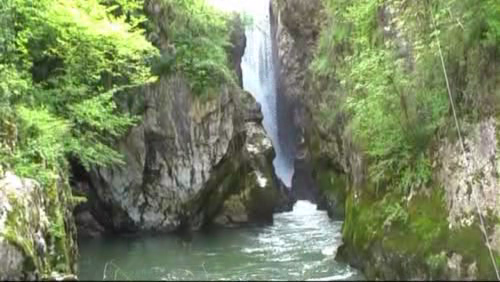
A short distance from the centre you can admire Gorgosavo waterfall, where water flows over a vertical drop of about 20 metres in a little lake among the rocks. The waterfall fed two watermills dating back to the early 1800s: one mill had two pairs of millstones, the other served as fulling, a process in pre-industrial woollen clothesmaking. The water, from the top of the waterfall, got into a well through an adduction system; this way, it activated the millstones.
